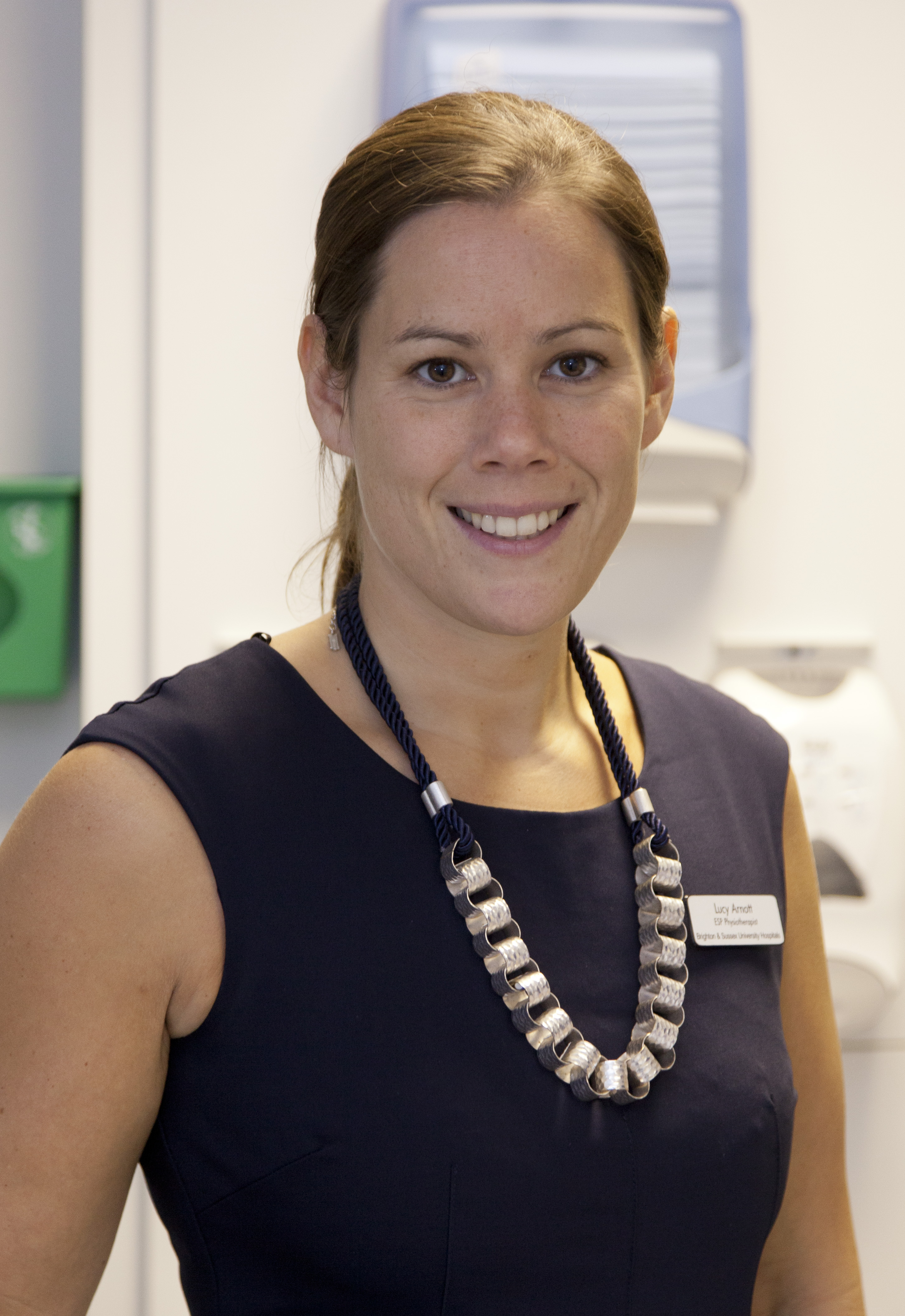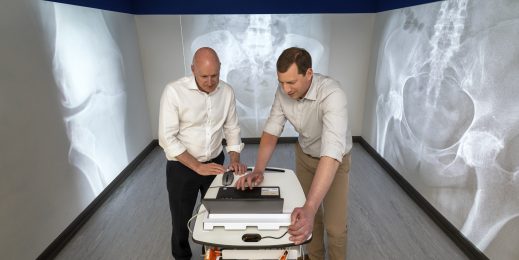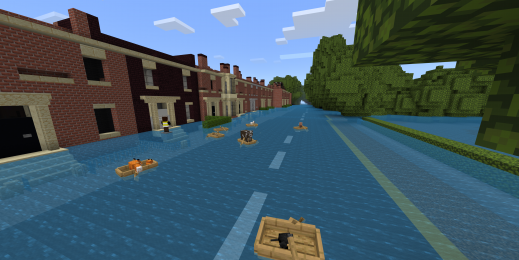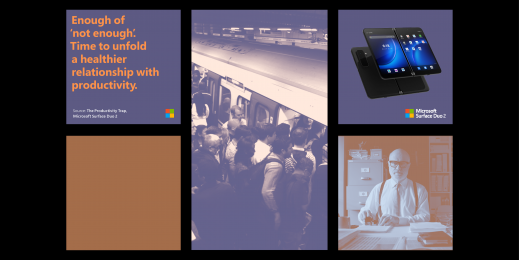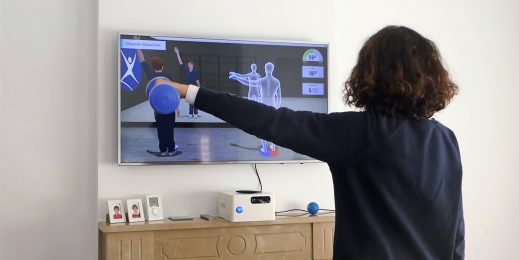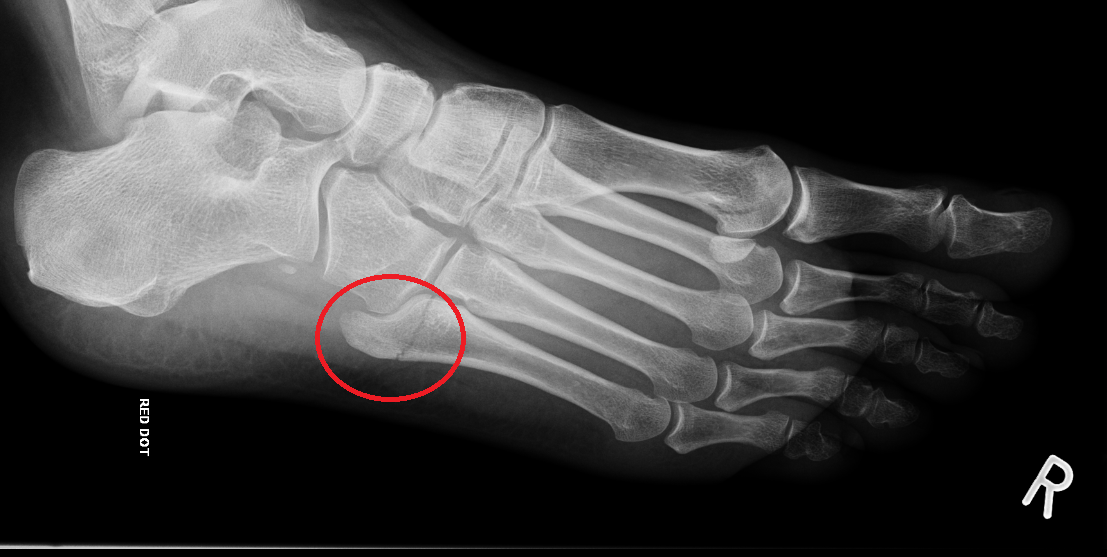
A physiotherapist has used Microsoft Dynamics to break up how hospitals traditionally treat fractures
To put it mildly, the NHS is busy. In 2016-17, there were 118.6 million NHS outpatient appointments, up from 113.3 million the previous year.
“Trauma and Orthopaedics” is the most common reason for people going to hospital, ahead of Ophthalmology and Physiotherapy, with more than seven million cases in the last financial year alone. For some, it can be a painful experience – in more ways than one.
Hobble to the hospital with a broken foot or arm and chances are you will sit in A&E for hours before seeing a doctor, who will pass you on to someone who isn’t a specialist in your particular injury.
Lucy Cassidy, an Advanced Practice Physiotherapist, said fracture patients faced a “lottery” in terms of who would treat them.
“Depending on what week you hurt your foot, would be who you saw. If you fractured your foot on a Friday, you might see a junior doctor who had been pulled down by the ward because they have got too many patients to see. It could be a lottery in terms of whom you saw for your injury.”
Cassidy made it her mission to implement a new system at Royal Sussex County Hospital in Brighton, one that would put patients first and tailor treatments to their specific needs. The result was the Virtual Fracture Clinic, which helps people who have broken a bone or who have a nasty soft tissue injury to get treatment in their own home via online videos. Then, if needed, they can see a doctor who specialises in that part of the body.
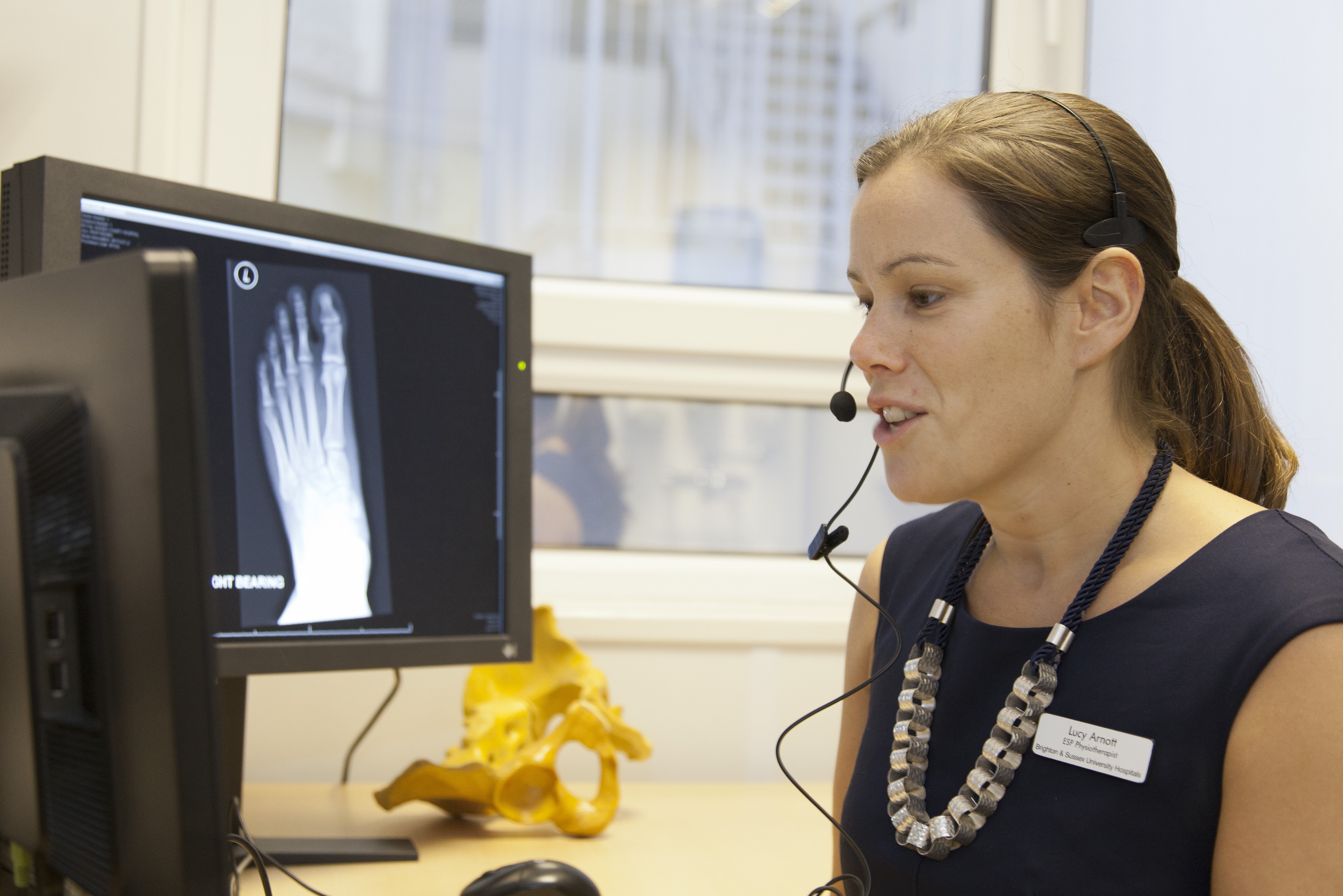
Brighton and Sussex University Hospitals NHS Trust launched the clinic in 2013. In the past five years, Cassidy and her team have managed more than 15,000 patients, cut outpatient appointments by 57% and saved the NHS over £750,000.
Twelve months ago she added Dynamics 365, Microsoft’s suite of business apps, to transform how patients were referred to the clinic by A&E staff and take the pressure off the Excel spreadsheet she used as a database.
“Relying on our intranet and an Excel spreadsheet was a lot of work. I wanted a solution that could manage the end-to-end process of receiving referrals from A&E, managing the caseload and providing patients with their rehabilitation information,” she said.
Cassidy spent more than six years at the Brighton and Sussex University Hospitals NHS Trust before joining a private company at the end of last year to continue developing healthcare solutions using Dynamics 365.
Her “ideal end goal” is for every hospital in the UK to have a Virtual Fracture Clinic supported by technology. Making that happen while working in the NHS requires money and resources – two things the service hasn’t traditionally enjoyed a lot of.
“There are 250 trusts in the UK and maybe 30-40 of them have a form of a virtual fracture clinic but none of them has a technology solution to support that,” Cassidy said. “A lot of them have taken existing solutions within the hospital and bolted things on to them to do what they can.
“It’s not that the NHS needs more technology, it needs wider-spanning technology rather than hundreds of bespoke, little systems.”
That’s where Dynamics 365 can help. The Microsoft service breaks down the walls between departments, giving employees a single, unified view of their entire organisation. Powered by data and intelligence, it can also help companies optimise their operations and assist customers, and is being used by the Renault Formula One Team, restaurant chain TGI Fridays and AccuWeather, among others.
At Brighton and Sussex University Hospitals NHS Trust, Cassidy used Dynamics 365 to ensure recovery from a fracture was as mentally and physically pain-free as possible.
“If you have a nasty shoulder fracture, a doctor will want to see you in A&E. They will say: ‘I have referred you for a specialist review via the virtual fracture clinic, they will call you in the next 24 to 72 hours with a plan’, rather than saying ‘go around to the front desk and book into the next generic fracture clinic, which is the way it used to be’.
“The consultant will then study the X-rays with a physiotherapist. That’s quite a quick process because we use the power grid function within Dynamics 365, which allows us to look at all the cases sent to us by A&E in one view rather than having to go into each case individually. For example, on Monday we had 40 patients and that’s just 40 rows in an Excel spreadsheet; it’s very quick to review.
“The physiotherapist phones all the patients to make sure there wasn’t a secondary injury that was missed in A&E and go through their online rehabilitation plan, because the majority of our patients can be self-managed, without the need to come back into hospital.
“The patient is emailed a unique code to log in to Microsoft’s Azure Portal, which contains their rehab information and links to helpful, online videos that we have created. The videos mimic a face-to-face consultation; the first part is the consultant talking about your injury, telling you all about the fracture and what you can and can’t do, and the second part is the exercises being demonstrated for you.
“At six weeks, three months and six months, the patient gives feedback on how they are doing with regards to their injury and limb function.”
It lets people with minor fractures receive treatment in their own home, saving them the time, hassle and pain associated with visiting a hospital with an injury. Meanwhile, consultants and physiotherapists can focus on treating more serious cases that require patients to make a hospital appointment.
“The technology enables us to see a higher number of patients, and for the patient to see the right person,” Cassidy added. “Your shoulder injury will now be looked at by a shoulder specialist, your treatment plan will be made by that specialist, and you see them directly if you need any follow-up appointments.”
That’s a big change for an NHS hospital, and its patients. Before the new system was installed, Cassidy, who specialises in foot and ankle fractures, saw that even relatively minor injuries were having a big impact on people’s lives because they weren’t being given the right information.
“If not given any information, someone with a fractured toe would potentially take time off work, be hopping on crutches and not do anything. Now, we can empower them by telling them that they can do all sorts of things; and it’s actually important to do those things to help recovery. The hope is that patients will have fewer chronic problems as a result of just staying still. People think: ‘it’s broken, I can’t move it, I can’t do anything with it’, but actually we know that keeping it still is not the right thing to do in the vast majority of cases, and you have to move it to promote blood flow and circulation.”
Patients love the service, with 85% of those who gave feedback saying it was an effective way of managing their injury. The same amount also felt they had good understanding of their rehabilitation programme, while more than 90% said the resources they were given were “good or very good”.
Making consultants’ jobs easier while saving the NHS money has, unsurprisingly, ensured Cassidy’s Virtual Fracture Clinic is a hit in the healthcare sector, too. She lost count of the number of job offers she turned down before Healthcare Business Solutions UK (HBS) came calling: “So many people have asked if I can clone myself,” she joked.
She is trying to do the next best thing – create a virtual Lucy. Using the skills and knowledge she accrued in Brighton, Cassidy is helping to build a new solution that includes Dynamics 365 and can be used by hospitals across the UK. It will do everything the Virtual Fracture Clinic can do, but with more personalisation so consultants can monitor patients’ physio progress more accurately.
HBS is in talks with two hospitals about rolling out the Cassidy’s new platform. “It’s an exciting time. I’m taking Dynamics 365 to the next level in healthcare,” she said.






